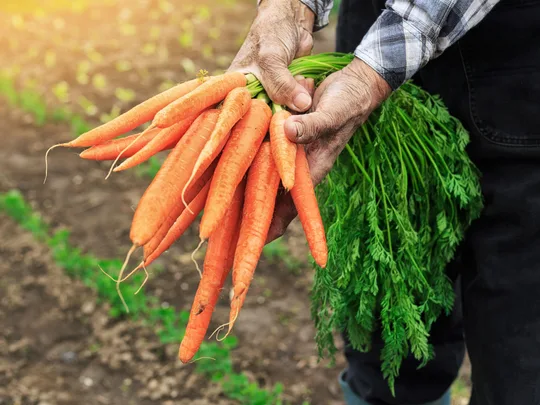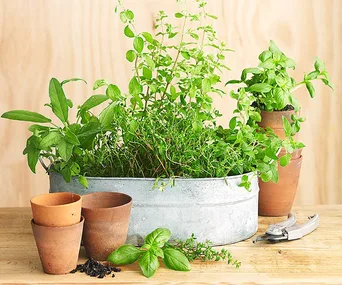Three vegetables to plant now:
Broad beans
Easy to grow and delicious in a wide variety of dishes, broad beans are also a handy vegetable for your garden in the winter, preventing erosion and adding nutrients to the soil. Soak seeds overnight in water before sowing at a depth of around 3cm, spacing plants about 20cm apart; stake them with posts so they don’t fall over, and harvest when the beans are around finger-size.
Check out our best broad bean recipes here.
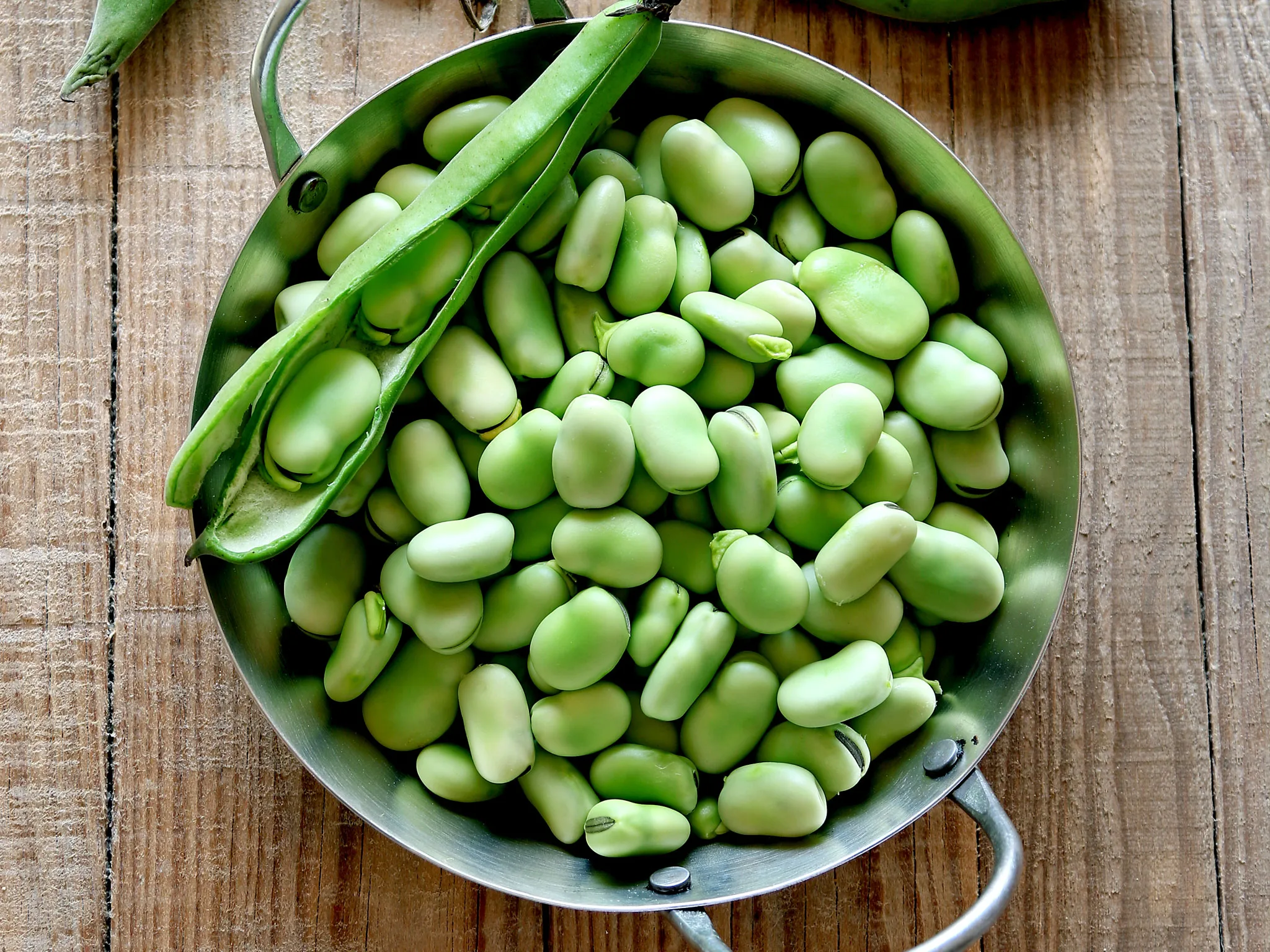
Carrots
Popular veges to grow, carrots should be sown in ground that is not too rich and which has a light, moist soil. Don’t use fresh manure as it leads to forked roots. Sow seeds around 1.5cm deep – because they are so fine you can mix them with radish seeds to make sowing easier. Cover with soil, press down lightly, then water. They will be ready around three months later.
Carrots are delicious grated into salads, roasted or even mashed. Try our best recipes.
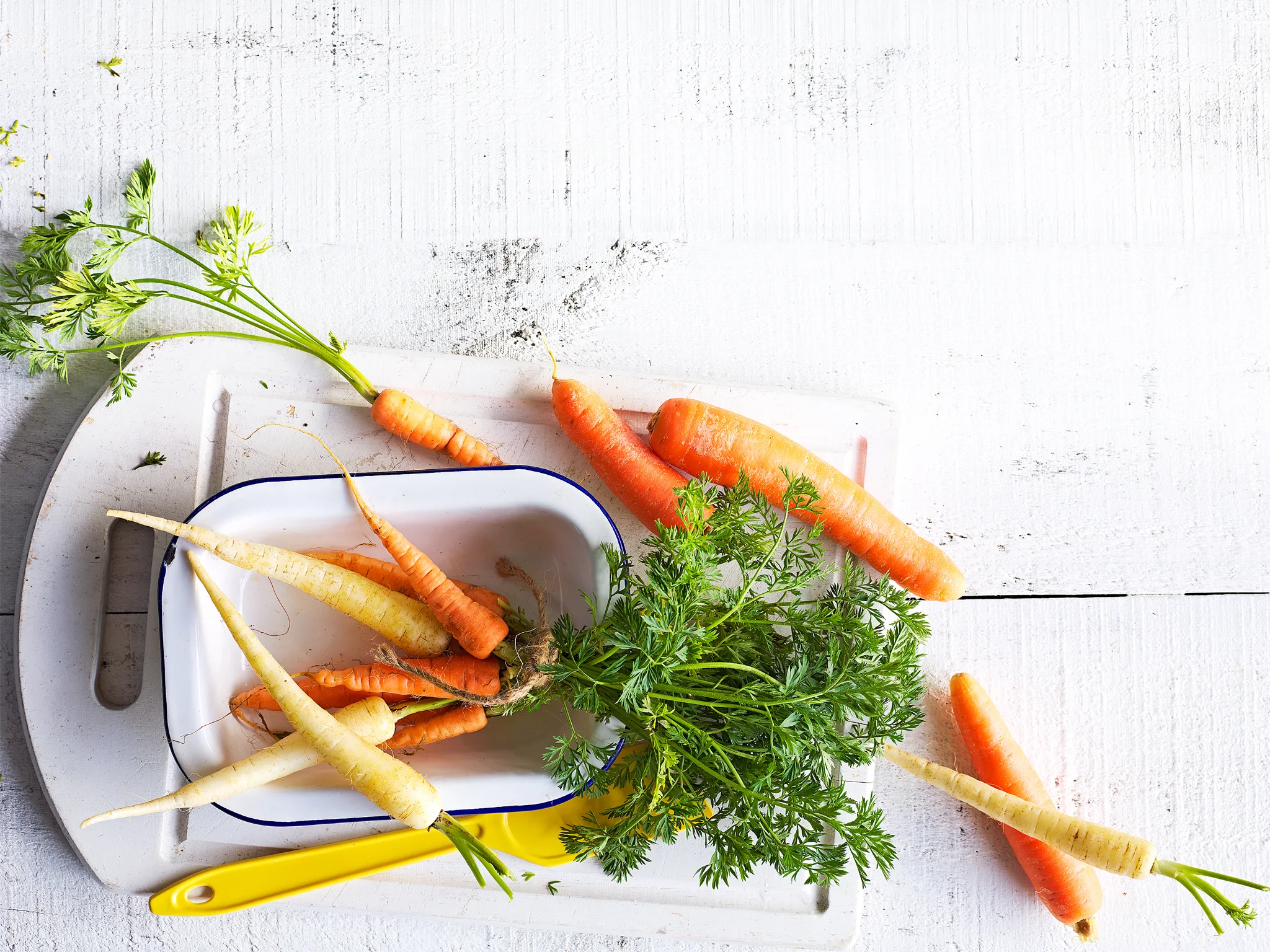
Turnips
While used commonly in French and Japanese cooking, and great as a low-carb alternative to potatoes, turnips are veges which are often overlooked. However, give them a chance as they are super easy to grow. Sow seeds in a sunny spot at a depth of around three times the diameter of the seed and 20cm apart. Keep well watered and from six weeks they will be ready to harvest.
Turnips are perfect for mashing. Try it as a delicious topping for shepherd’s pie.
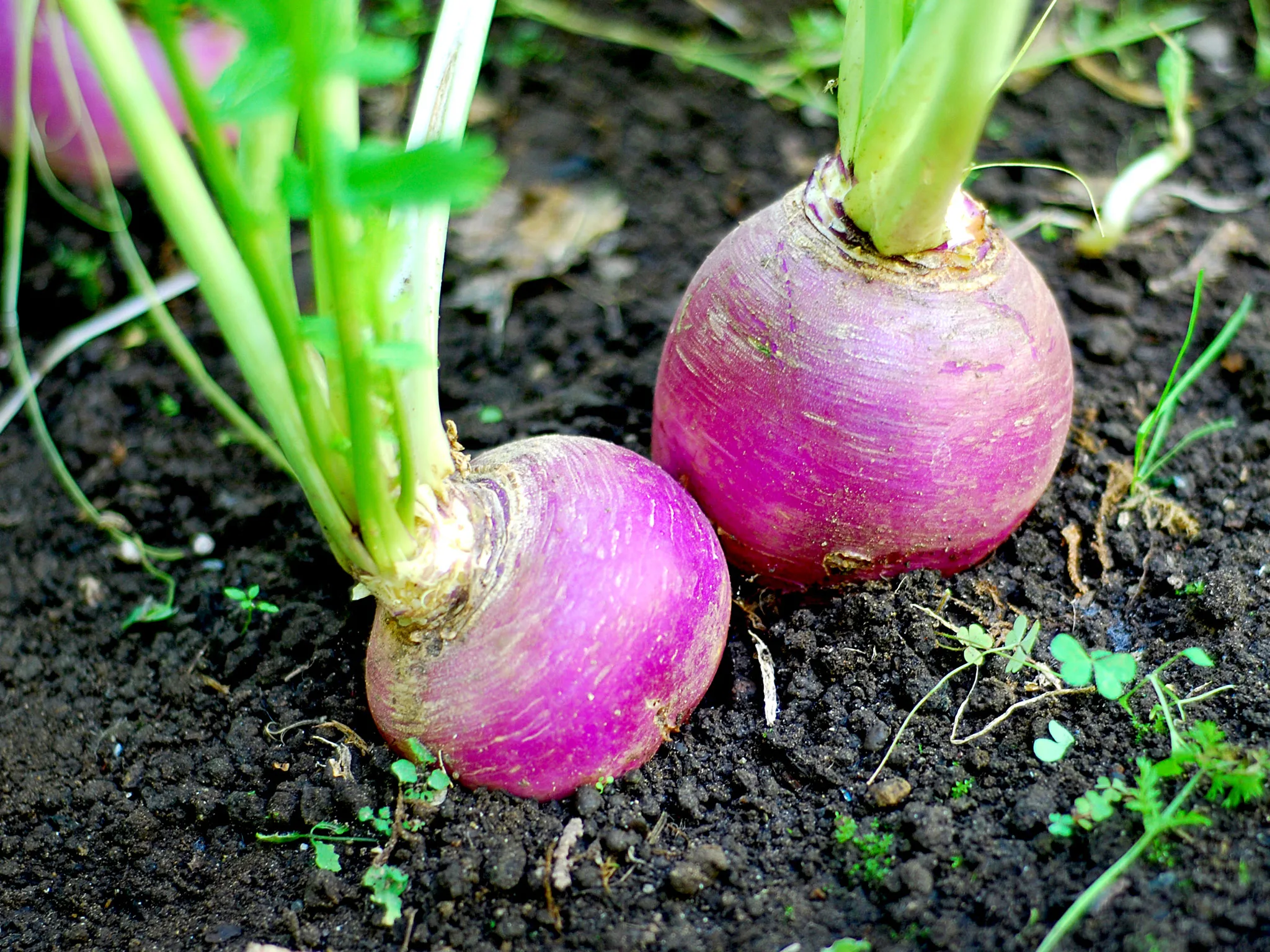
What to harvest right now:
Chilli
The flavour of chillies changes according to ripeness – the longer they are given to mature, the hotter they will become. Ripe chillies also have a sweeter, less bitter taste; try harvesting at different stages to find your preference. Harvesting regularly also has the benefit of encouraging more growth. Cut fruit from the plant with scissors; avoid pulling as it will damage the stem. You may want to wear gloves – as the hot capsaicin oil can irritate the skin.
Hot tip: If you are left with burning skin – or mouth – after contact with hot chillies, use milk as an effective soothing agent.
What herb to grow this autumn:
Coriander
Coriander is a bit like Marmite – people seem to love it or hate it. Its reputation isn’t helped by the fact its name comes from the Greek ‘koris’, meaning bed bug. To grow, scatter seeds in a pot filled with premium potting mix and cover with about 1cm of the mix. Water well and place in a warm but sheltered position.
Once the seedling is 2cm tall, move into sun, ensuring it has some shade in the middle of the day. Keep soil moist and remove any flowers which develop, before harvesting after around 4-6 weeks. Use the leaves in salads and to flavour hot meals, and the stalks to add pungency to Thai dishes. The seeds have a lemony citrus flavour when crushed, and are great in curries.

6 steps to properly compost your garden this autumn
If you want to give your kitchen garden a boost, now is a good time to start composting. It’s a great way to dispose of the autumn leaves falling from the trees, and your crops will thank you for it.
1. To start:
You can buy a composting bin from a garden centre, but it’s easy to make your own by wrapping fencing wire around wooden posts, ensuring the fence mesh is small enough to keep everything in.
2. To build:
Layer in your organic matter, starting with ‘brown’ material – dry leaves, shredded newspaper and twigs; followed by ‘green’ material – kitchen scraps, grass and plant clippings. Keep alternating the layers, add water and cover.
3. To maintain:
Turn every few weeks using a garden fork to help the decompostition process; it will take around three months depending on size and type of matter.
4. To use:
When it is dry, brown and crumbly, it’s ready. Unwrap the wire and shovel compost out from the bottom of the pile, then rewrap and continue the process.
5. Do compost:
All fruit and vege scraps, egg shells, tea bags, coffee grounds, bread, crackers, pizza crusts, grains, noodles.
6. Don’t compost:
Meat, fish, dairy products, grease, oils of any kind.
